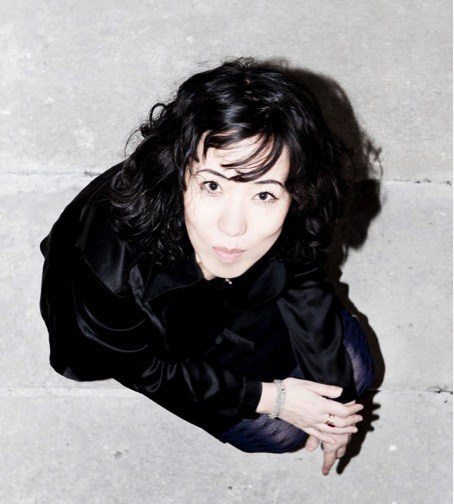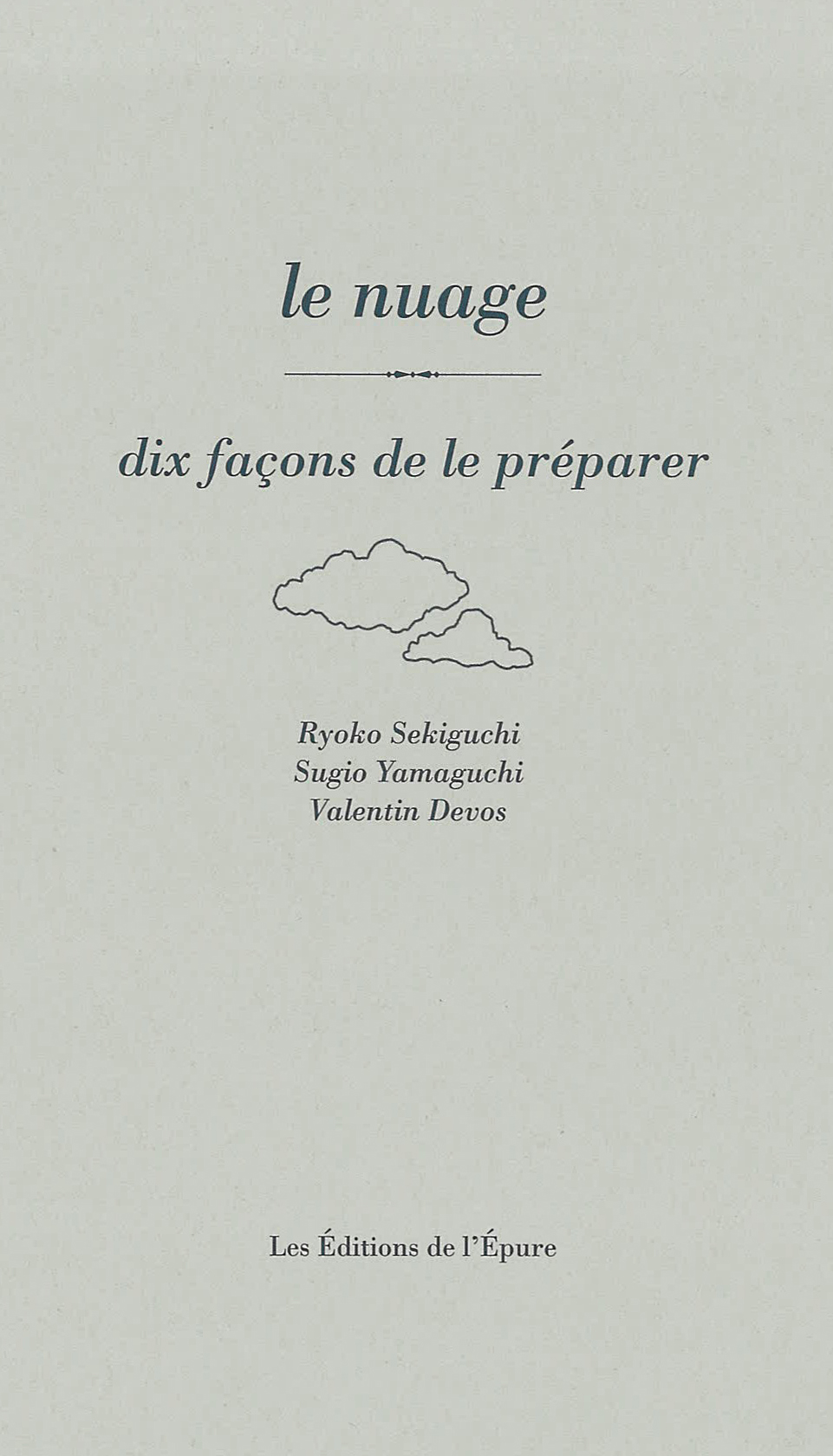Cooking with Clouds, Ryoko Sekiguchi’s High-Flying Idea
In 'Ten Ways of Cooking with Clouds', the author revives an ancient term used to describe different ingredients and uses it as the basis for a variety of recipes.

© Felipe Ribon
This heavenly book blurs the boundaries between genres. Is it a cookbook or a poetry collection? The blurb boasts that this hybrid work is the first recipe book dedicated to this ‘magic ingredient’, clouds.
Ten Ways of Cooking with Clouds is a little book with just 24 pages, the fruit of author Ryoko Sekiguchi’s imagination, with the support of chef Sugio Yamaguchi and industrial designer Valentin Devos. Born in Tokyo in 1970, Ryoko Sekiguchi studied journalism in Japan and also attended the Sorbonne. Since receiving her PhD in comparative literature over 20 years ago, she has been living in France, and has been writing in French since 2003, as well as translating the work of leading names in Japanese literature, like Jun’ichiro Tanizaki.
Poetry as a nutrient
In Ten Ways of Cooking with Clouds, the reader discovers that ‘cloud’ was a name for foods of choice in ancestral Japan, before modernity took over and chased clouds out of the culinary lexicon. Thus, ‘snowflakes’, vegetables cut into small cubes that constituted one of the emblematic accompaniments in monastic cuisine, transformed into ‘brunoise’ vegetables. The ‘flat cloud’, a staple in traditional Japanese patisserie, changed to ‘yam cake’, and ‘sea urchins’ replaced the more poetic ‘red clouds.’
After a few precautions for use concerning their need for delicate handling and the obstacles to avoid when selecting these clouds, the trio present ten metaphorical recipes. The readers can then decide to cook them, or taste them as one would savour a good book. As Ryoko Sekiguchi, also known for her culinary performances in which she combines cuisine and literature, explained to France Culture, ‘we often forget about poetry as a nutrient. If we don’t feed ourselves with poetry, we die.’
Ten Ways to Cook with Clouds (2019), a book by Ryoko Sekiguchi, Sugio Yamaguchi, and Valentin Devos, is published by Éditions de l’Épure (currently not available in English).

© Les Éditions de l'Épure
TRENDING
-
The Tattoos that Marked the Criminals of the Edo Period
Traditional tattoos were strong signifiers; murderers had head tattoos, while theft might result in an arm tattoo.

-
Paris, Tokyo: Robert Compagnon
With his co-chef and talented wife, Jessica Yang, Robert Compagnon opened one of the top new restaurants in Paris: Le Rigmarole.
 3:31
3:31 -
Chiharu Shiota, Red Threads of the Soul
Last year, more than 660,000 people visited the retrospective 'Chiharu Shiota: The Soul Trembles' exhibit at the Mori Art Museum.

-
‘Before Doubting Others, Doubt Yourself. Who Can Truly Say a Dish Isn’t What It Used to Be?’
In ‘A Non-Conformist’s Guide to Surviving Society’, author Satoshi Ogawa shares his strategies for navigating everyday life.

-
The Story of Sada Yacco, the Geisha who Bewitched Europe
Described by Dazed magazine as the first beauty influencer, she has been restored to her former glory since 2019.





